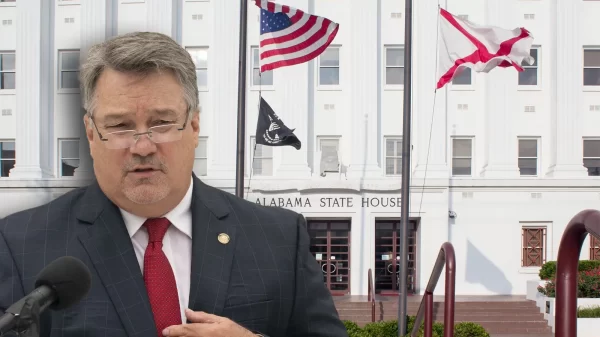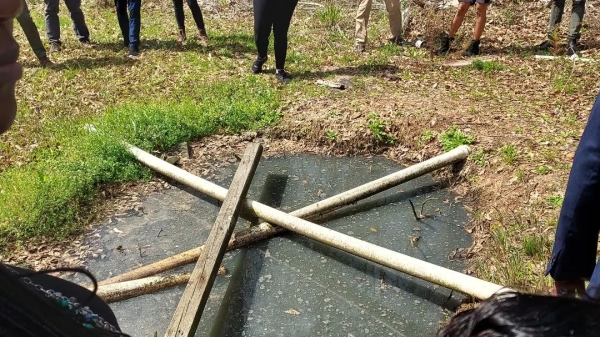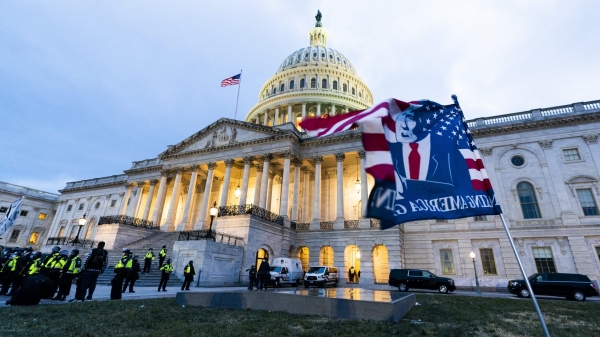Education Matters
By Larry Lee
Ever since the state board of education decided on Aug. 11 to hire Michael Sentance of Massachusetts to be state school superintendent, we have heard over and over about what a great school system Massachusetts has. The implication being that someone from Massachusetts can magically turn Alabama into their southern sister.
Unfortunately, a realistic look at the two states shows how foolhardy such thoughts are..
Yes, Massachusetts has excellent schools. But they also show a much greater willingness to invest in education than Alabama does. In 2014 Massachusetts spent $15,087 per public school student. Alabama spent $9,028. We would have to more than double our K 12 budget (by adding $4.4 billion) to equal Massachusetts.
The Tax Foundation says our property tax of 0.43 percent is 49th in the country, the Massachusetts rate of 1.21 percent is 18th. The U.S. Census tells us Alabamians are 44th in total tax per capita, while our New England friends rank 7th and pay 65 percent more a year than we do.
Funny, I can’t recall a single soul touting Massachusetts schools in the last few days also calling for drastic tax increases in Alabama. In education, as in anything else, you get what you pay for. Those who claim education is different are not honest.
The median home value in Alabama is $123,800. In Massachusetts it is $329,900. The median household income in Alabama is $43,511, while it is $67,846 in Massachusetts.
A significant difference is only 23.1 percent of the people over 25 in Alabama have college degrees, compared to 40.0 percent in Massachusetts. There are more than one million people in Massachusetts who completed college than in Alabama. This is HUGE. It means they have a much greater “education foundation” than we do. In other words, people who value education for their children.
Another significant difference is geography. Massachusetts covers only 7,800 square miles. The entire state is smaller than Mobile, Baldwin, Escambia, Conecuh, Monroe, Clarke and Washington counties combined. Population density here is 94 people per square mile and 839 in Massachusetts. Why is this important? School buses in Alabama cover 352,000 miles every school day. That costs $390 million a year. Money we spend on getting children to school goes into the classroom in Massachusetts.
However, the major difference in the two states has nothing to do with taxes or classrooms. It is about our ancestors who gave us the DNA we confront every day.
Massachusetts was settled by Puritans long before Alabama. Colin Woodward wrote a fascinating book, American Nations, that delves deeply into the regions of this country and the people who settled them. He says about Massachusetts, “From the outset it was a culture that put great emphasis on education, local political control, and the pursuits of the ‘greater good’ of the community. The Puritan emigrants were led not by highborn nobles or gentlemen–but by an elite distinguished by education.”
By comparison, the majority of Alabama was settled by Scots-Irish who came south along the Appalachia hills and hollows. They left a civilization of northern England and lowland Scotland that had been ravaged by war for centuries. Woodward says, “Having no desire to bow to ‘foreign’ rule or to give up their ways, the Borderlanders rushed straight to the isolation of the 18th century frontier to found a society that was, for a time, literally beyond the reach of the law. Across Greater Appalachia taxes were low, schools and libraries rare, and municipal government few and far between.
The goal of Deep Southern oligarchy as been consistent for centuries: to control and maintain a one-party state with a colonial-style economy based on….a compliant, poorly educated, low-wage workforce.”
Harvard University in Massachusetts graduated its first class of nine in 1647–172 years before Alabama became a state. In 1850 there were 222,000 attending school in Massachusetts, more than in Alabama, Florida, Georgia, Louisiana and Mississippi combined.
Given these facts and this history, implying that our education system may equal Massachusetts in two years or ten years is disingenuous.
Yes, we must do better. And we can. But we must first separate fact from fantasy…
Larry Lee led the study Lessons Learned from Rural Schools and is a longtime advocate for public education. You can contact him at larrylee133@gmail.com. Read his blog: larryeducation.com






















































